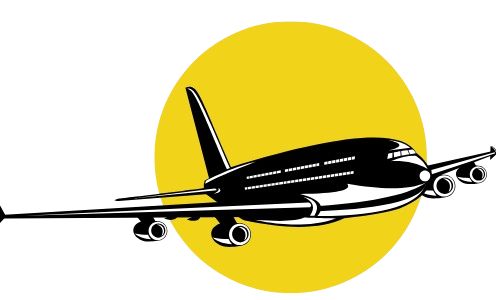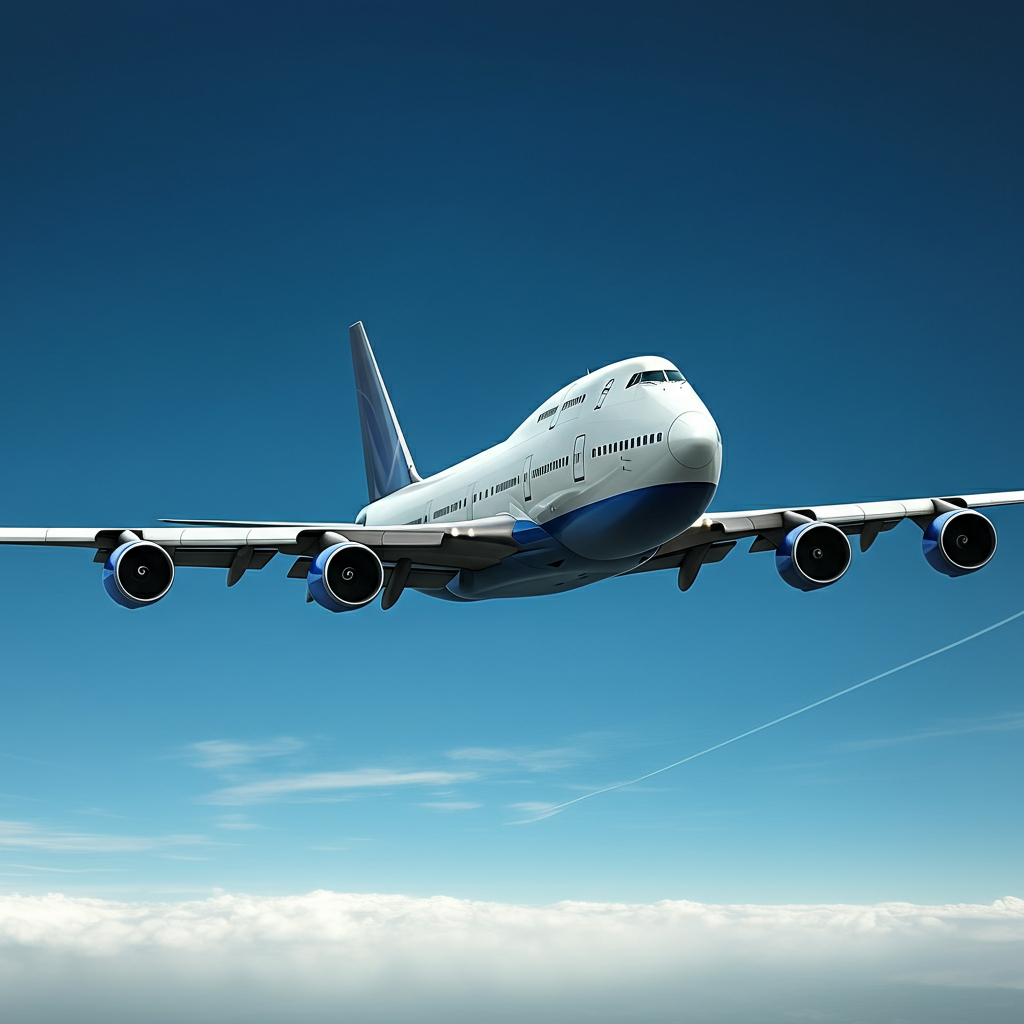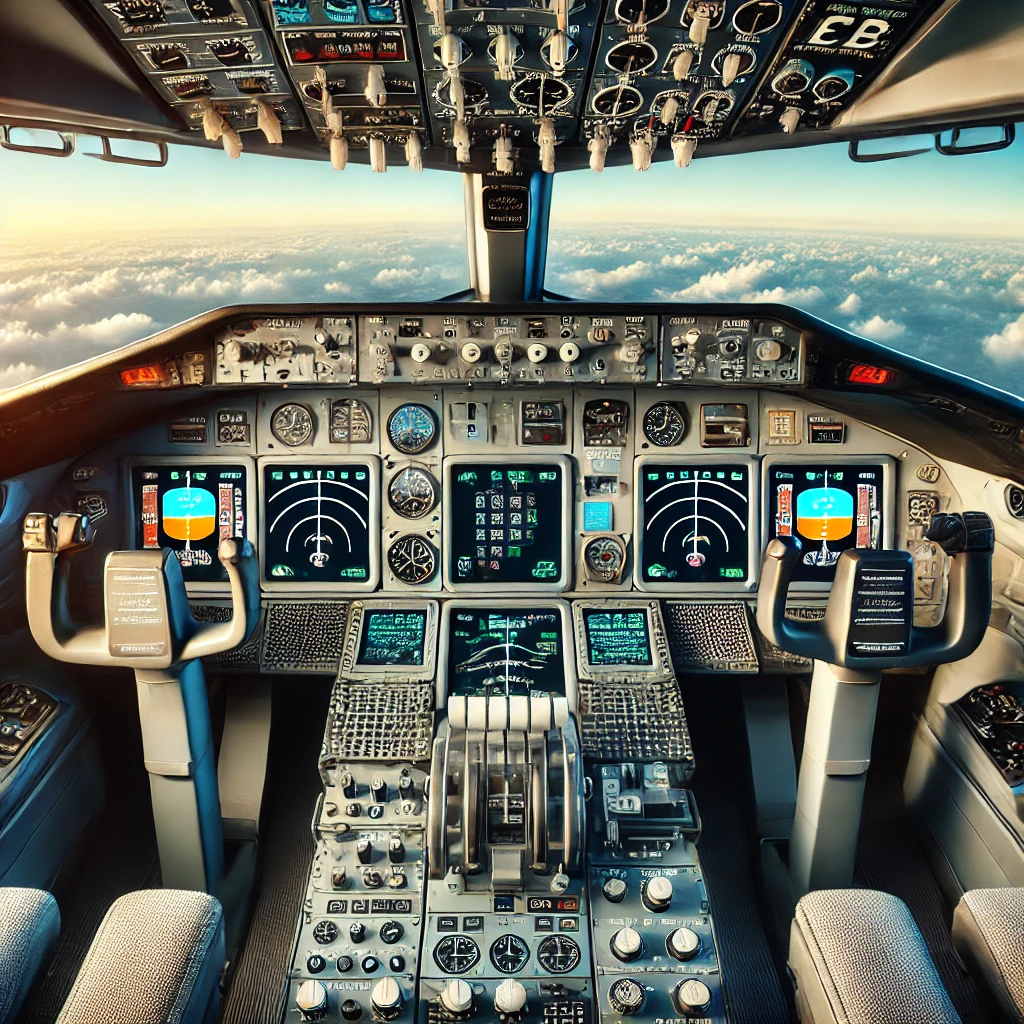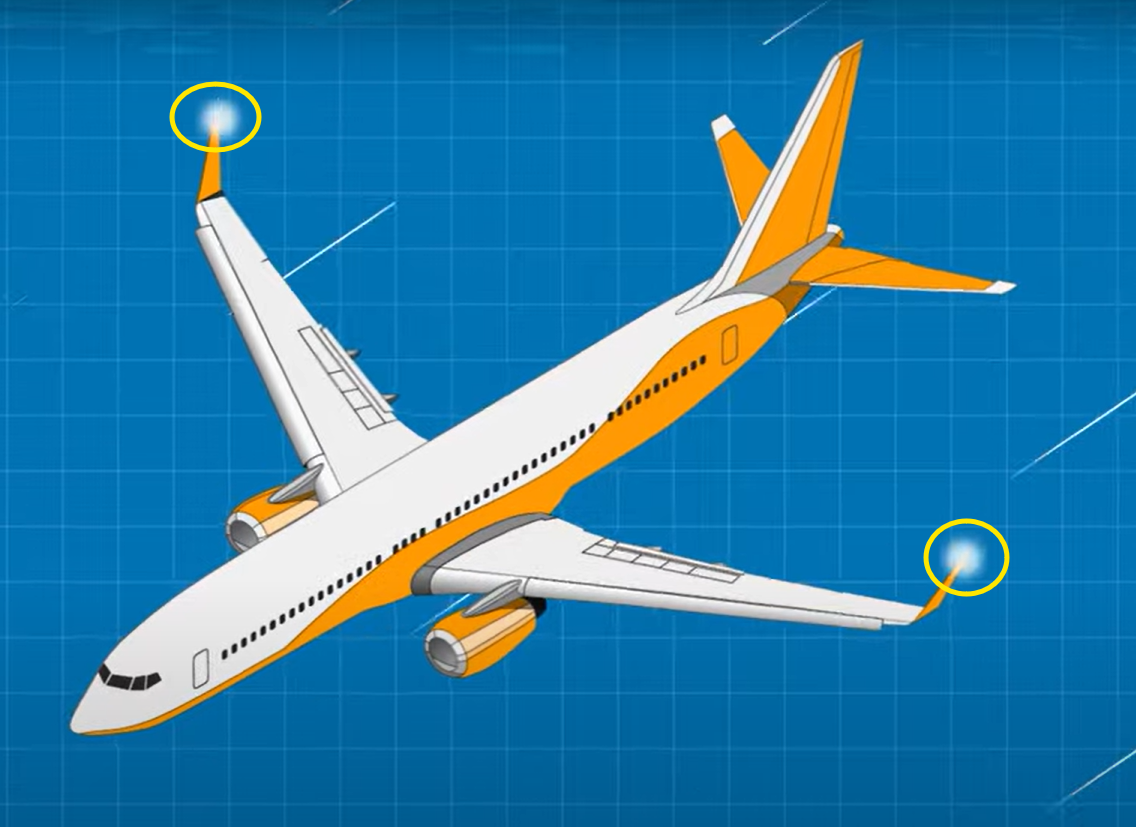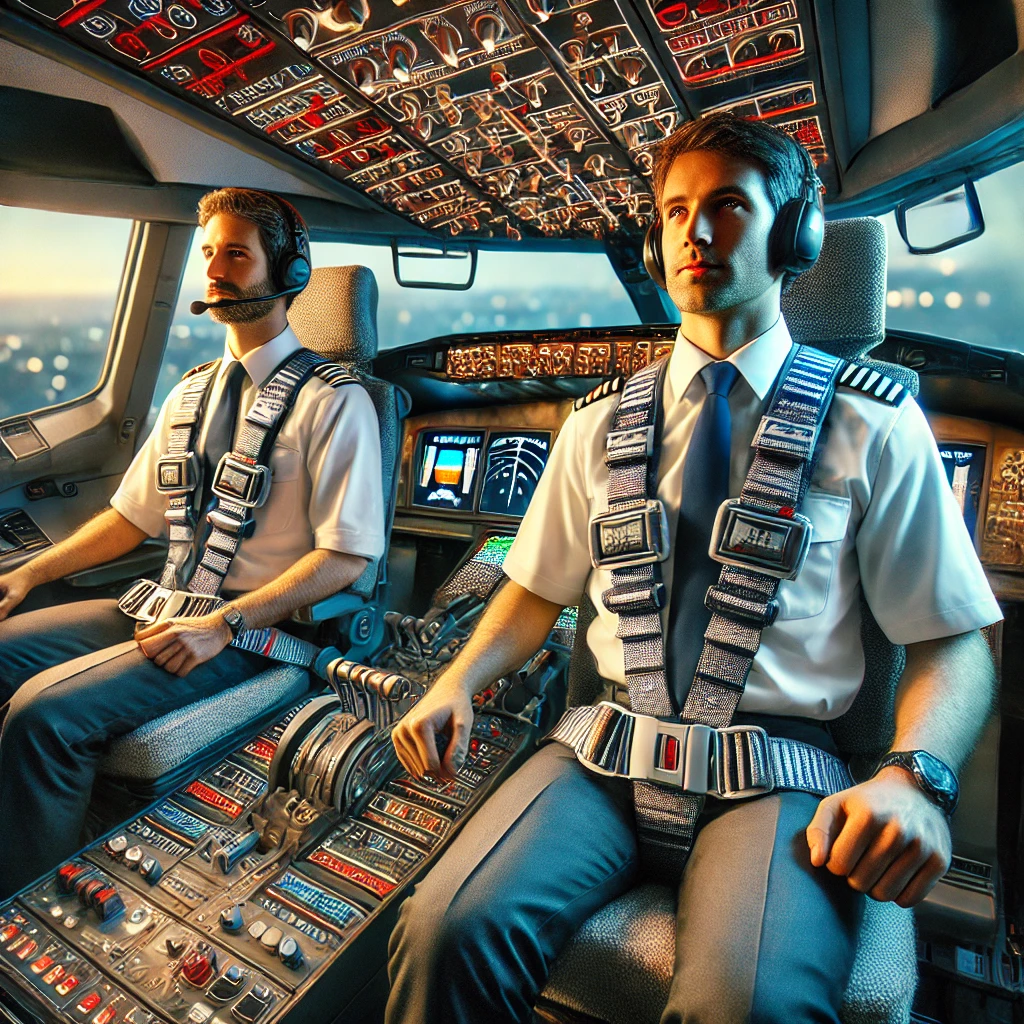Have you ever wondered how these big, heavy metal machines fly in the air like they are lighter than the air itself?
The answer is the Laws of physics with some aerodynamics. Let us break it down and understand how an airplane flies and stays in the air.
The Four Forces:
Four main forces play a significant role in flying an airplane, not to mention the aerodynamics of an aircraft.
- Lift: The upward force that doesn’t let the airplane fall back to earth while flying.
- Weight: The Type of force that pulls the airplane down, also known as gravity.
- Thrust: The force that pushes the airplane forward.
- Drag: The force that pushes the airplane backward or the type of resistance that the airplane feels while moving in the air.
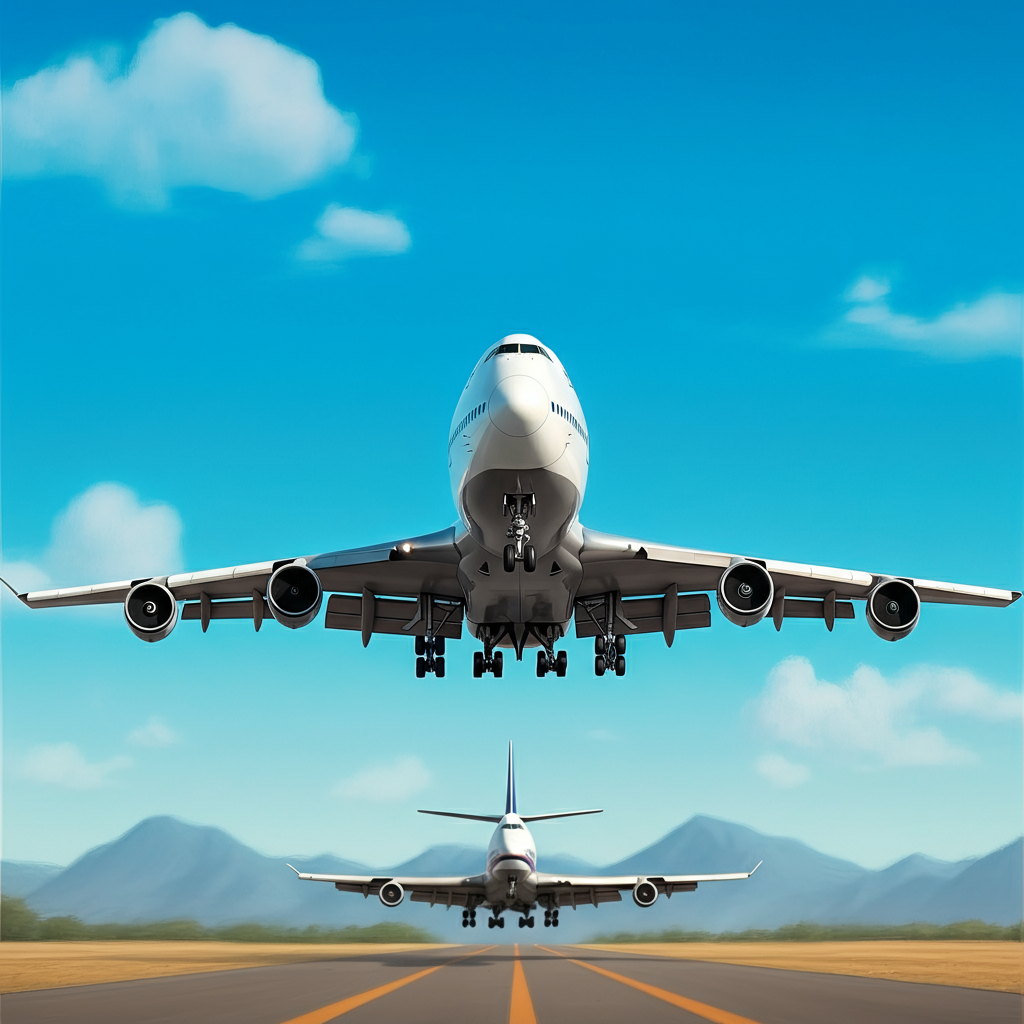
Newton’s third law:
While these names or terms are self-explanatory, before I explain how they work in an airplane, let’s see how Sir Newton helped us to fly an aircraft. We all have heard of Newton’s three laws. Today, we will focus on the third law: “Every Action has an equal and opposite reaction.”
To sum it up, whatever force or action we take, nature will throw the same force on us, or it will be the opposite reaction.
When an airplane takes off, the engine generates thrust by pushing the air backward at high pressure and speed. Here, Newton’s third law plays a significant role in moving the airplane forward.
BUT BUT BUT….. how does it take off??? How does an airplane actually fly???
Bernoulli’s Principle:
Here, let us understand one more physics law, Bernoulli’s Principle: “It states that as the speed of a fluid (like air) increases, its pressure decreases, and conversely, as the speed of a fluid decreases, its pressure increases.”
Imagine when a kid is playing with a water pipe or you are gardening the pants; water is coming at a constant rate, but if you squeeze the opening, the water outlet pressure increases. On the other hand, if you make the same water flow from the bigger pipe, its pressure will decrease.
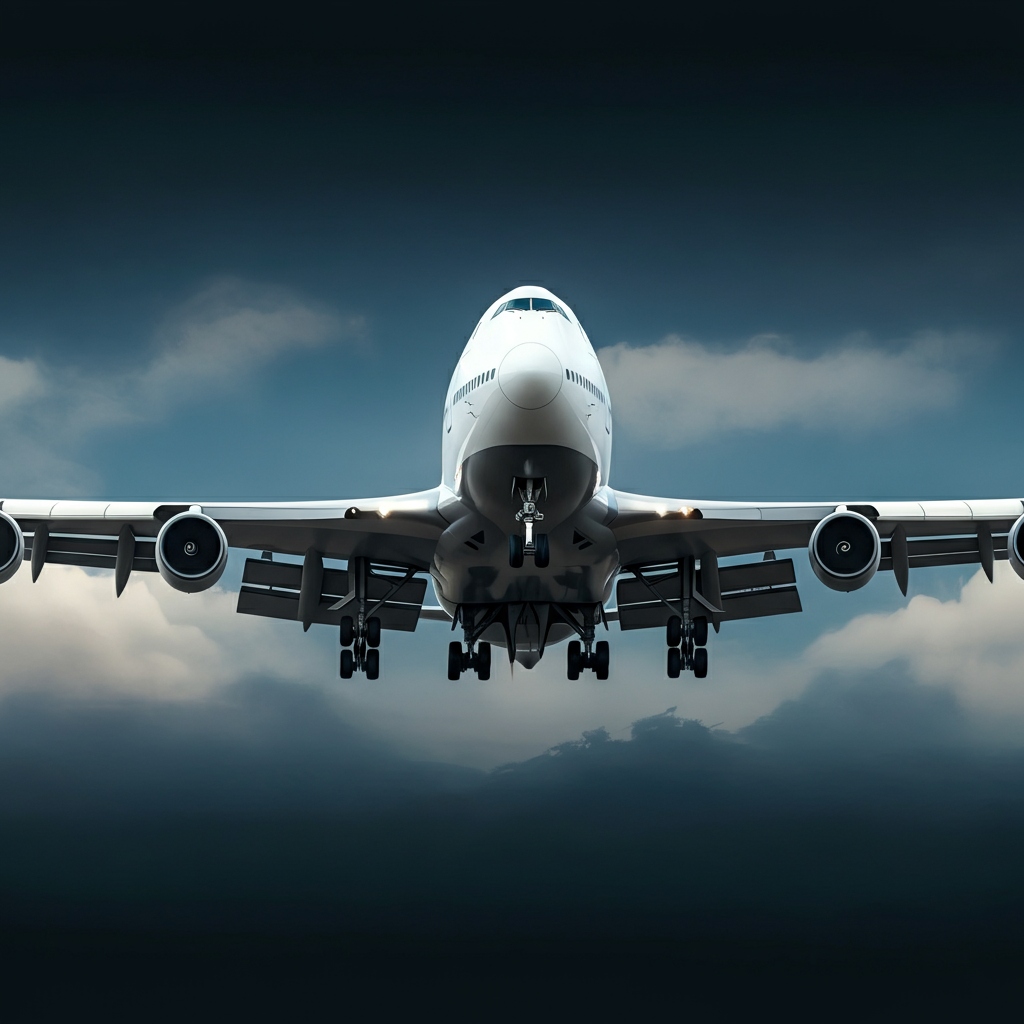
Aerodynamics and How Airplanes Fly:
Now, let’s understand how it helps in aerodynamics. Airplane wings are made in a unique way called aerofoil. The wing’s upper surface is curved, while the lower is flatter. Now imagine air getting cut into two pieces, like water, when you squeeze the pipe. Air will leave the wing simultaneously, but the upper side has to cover more area simultaneously than the lower part of the air, which results in more airspeed.
Now, the upper part of the air is moving faster than the lower, which creates the air pressure difference. According to Bernoulli’s principle, fast-moving air creates low pressure, while slow-moving air creates high pressure. So, the more pressure you put from the wings’ bottom, the more you will get the lift.
When you get enough air pressure or airplane speed, the pilot changes the Angel of Attack of the airplane with the help of flaps, which helps it to take off and fly what we see on the runway.
How fast do commercial airplanes fly?
Once in a lifetime, everyone had this question: How fast does an airplane fly, or how fast do these commercial airplanes fly? To answer this, we can have a general idea; usually, commercial airplanes fly 800 km To 950 mph. This speed is also known as cruise speed, a famous term in aviation. This high speed helps in fuel efficiency.
While airplanes don’t always fly at this high speed, such as it is very low during take-off and landing, it can be around 200 km/h to 400 km/h.
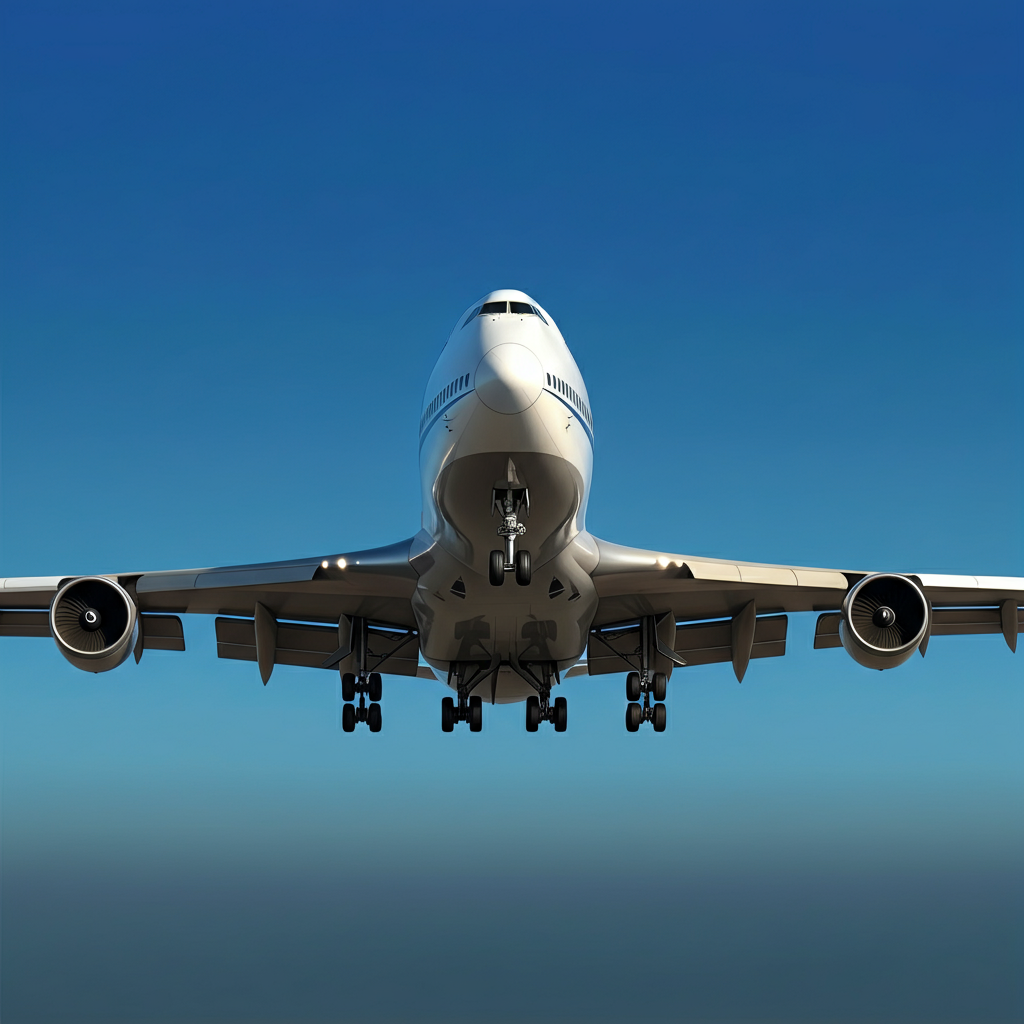
How high do airplanes fly?
Airplanes fly very high. Just kidding, commercial airplanes usually fly around 30,000 to 40,000 feet high from sea level. Just so you know, we are talking about commercial airplanes.
Small airplanes such as Cessna usually fly around 30,000 feet or even lower.
On the other hand, some private jets or military airplanes can even fly higher than 40,000 feet above sea level.
